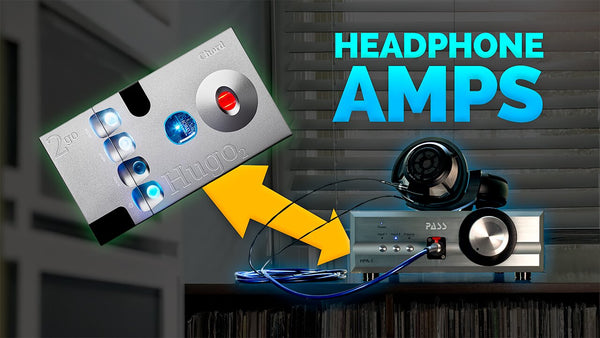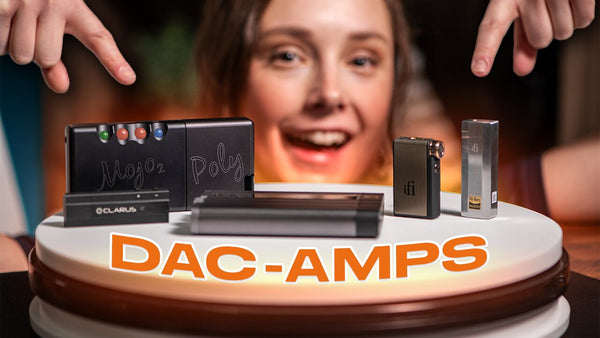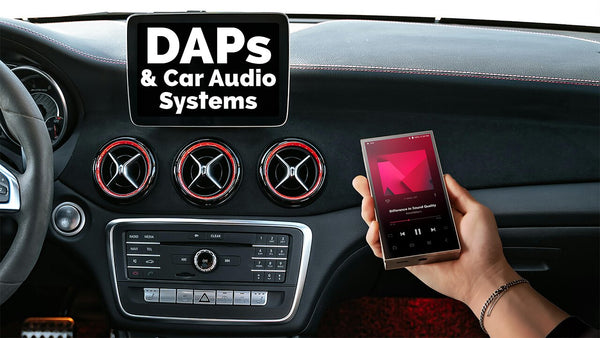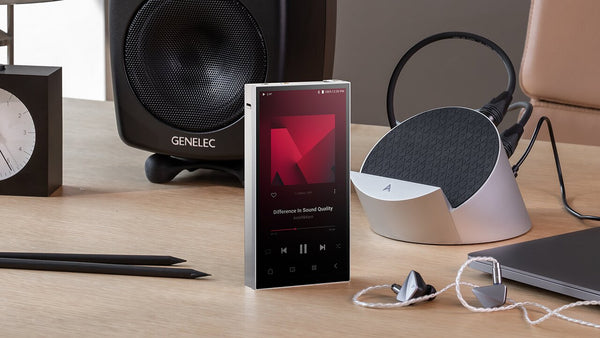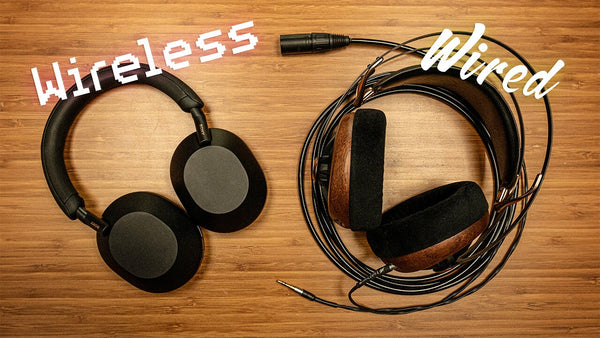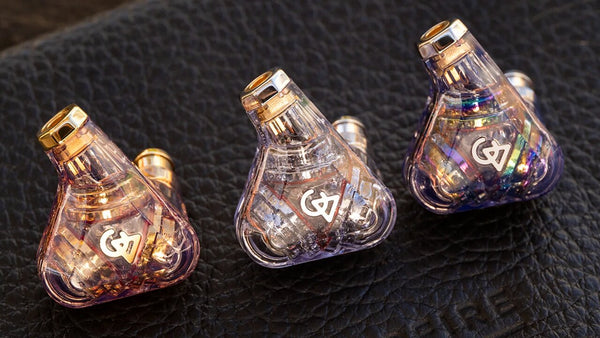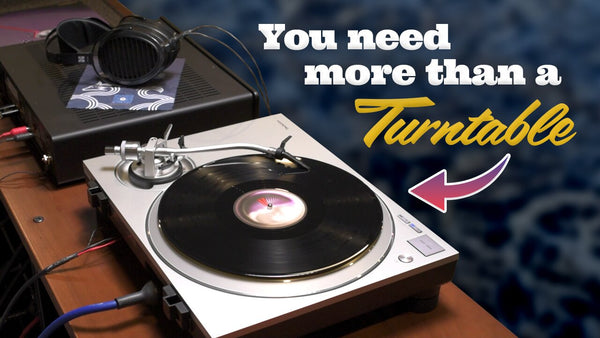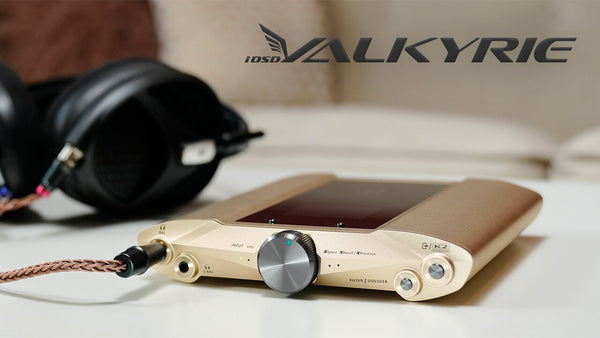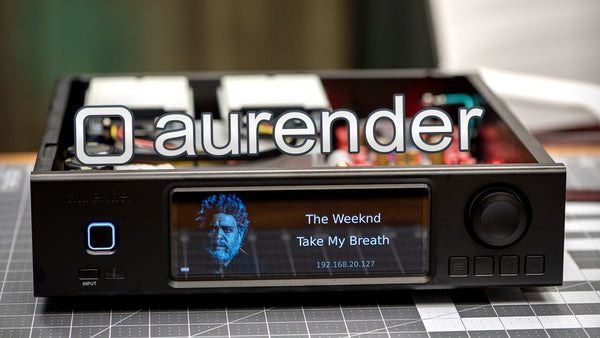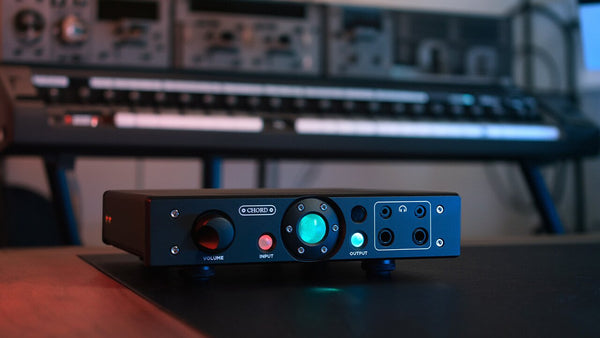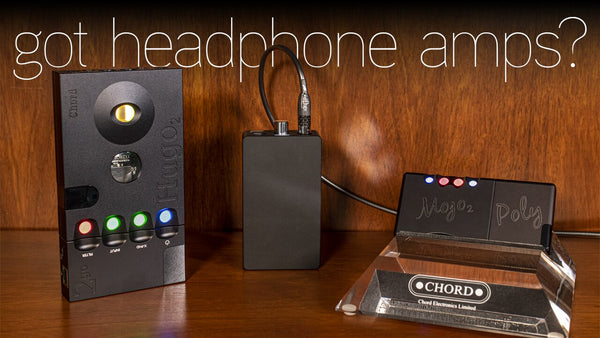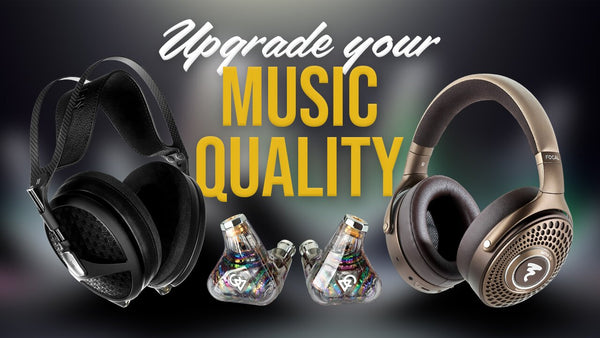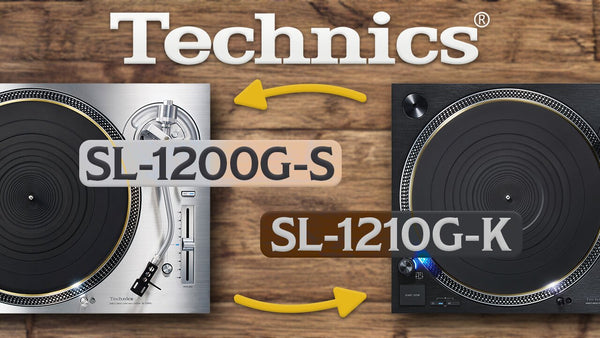Personally, I preferred the sound of the Class A setting for more genres except for Rock. Class A is a more refined and smoother sound, with Class AB is less so, with more impact - much like a slight bass and treble boost (a common EQ setting for rock music). That being said, Rock was more exciting and dynamic and likely can be said for genres that need a larger sound and space.
Tubes versus solid-state settings will depend on the user and the genre specifically. The tube circuit does provide a warmer and smoother presentation over the solid state. Combined with the already natural presentation of the C9 amplifier, and genres like Jazz, R&B, Folk, Classic Rock produce a musical and vintage aura. It makes an already intimate song even more so, the richness of the tube makes for the perfect setting for those who like to get lost in the music. The solid-state on the other hand provides trades out the richness and smoothness of the tube for what I like to call Cayin's signature sound: natural-sounding, clean, and detailed, with plenty of representation in the low mids and bass.
Classical already sounds great on the N7. The genre sounds detailed, incredibly transparent, and has great separation. I A/B tested one of my main testing tracks, the finale to Mahler's 8th symphony: "Symphony of a Thousand." On the first listen I played directly out of the balanced output from the N7 (high gain setting, class A). The music was expressive, really shining in the top-end clarity, but leaving a lot to be desired in the low mids. Keep in mind that it didn't sound bad, but comparatively speaking, you know how something sounds based on how you've heard it on other systems, right? So for instance, with this piece in particular, and classical pieces with large choral ensembles in general, the low mids are a very important frequency range for choral works. The human voice has a lot of natural resonant tones that get lost in classical recordings because they either get masked by other competing frequencies in the string sections or the high frequencies (sopranos, descants) overpower the lower ones (exacerbated by forward or more analytical-sounding audio gear).
Cymbal crashes at the end can sometimes sound harsh or painful when listening to more forward-sounding audio gear, especially at high-volume listening levels. Switching over to the C9 output with the tube circuit and class A amplification, the mids suddenly come out of the woodwork. The C9 adds the weight and size of the choir that was missing in the N7 alone. It was there, I just never felt the size of the ensemble. The high-end detailing is retained, but the harsher frequencies are hidden behind a larger and taller soundstage, allowing the performance to play with more gravitas.
For me, that's the real value of the C9 - it isn't making bad recordings magically sound good, but rather making already great-sounding recordings retain the impact and presentation of the original recorded performance. It's subtle and not-so-subtle at the same time - this difference between a great DAP music player and realizing what makes it even better. It's not that anything is missing or lacking from the original N7, but it's certainly not end-game sound quality. The C9 gets it there.






















